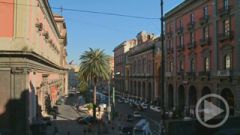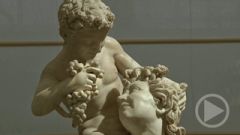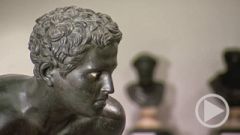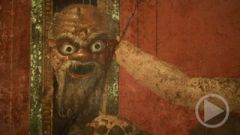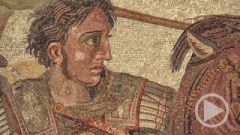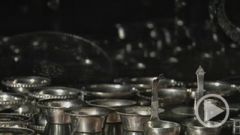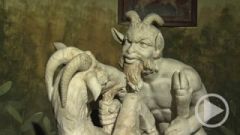The Discovery of Pompeii and the Villa dei Papiri
The Discovery of Pompeii and the Villa dei Papiri
The ruins of Pompeii. No other place has changed our view of antiquity as thoroughly as this town and its neighbors at the foot of Mt. Vesuvius. They were buried in the year 79 AD by one of the greatest natural catastrophes of ancient times – the eruption of Vesuvius.

Excavations have been carried out for the past two and a half centuries. They have brought so many artifacts to light that we will probably never have enough space to display them all at once. Not only the exhibition halls, but the museum repositories are filled with the incredible wealth of finds.
Pompeii’s modern history began with a false start: In 1592, while digging an underground water channel, the architect Domenico Fontana found antique inscriptions, marble panels and coins. They drew little attention, and Fontana had them covered up again.
More than a century later a farmer digging a well beneath the town of Resina encountered relics – which this time did attract interest. They belonged to the theater of ancient Herculaneum. Much later, Resina actually changed its name to Ercolano.
Still, an entire generation was to pass before, in 1738, the Bourbon King Charles III began to have Herculaneum systematically excavated. Ten years after that, the archaeologists finally began to dig at the spot where Fontana had dug his channel. The site was still considered less important than Herculaneum, and was known simply as “La Civita”, or the town. It was not until 1763 that an inscription came to light proving that these were the ruins of antique Pompeii.

The finds made here definitively changed Europeans’ view of their cultural heritage. Much of that was due to the German librarian and art historian Johann Joachim Winckelmann. He was the first to systematically examine the finds. He compared style elements, defined their epochs and drew conclusions about the civilization of antiquity. His writings made Winckelmann the founder of modern academic archaeology. They included the “Letter about the Discoveries at Herculaneum” and became classics across Europe.
Winckelmann saw in the works what he called “Noble simplicity and quiet grandeur”. Not imperial pomp was the highest calling of art, but beauty (alone). In Europe, Greco-Roman art became a ideal – the embodiment of highest perfection.

Winckelmann was no aristocrat, but the son of a shoemaker. That was a sign of the times, as an upwardly mobile middle class became the social driving force. Especially in England, more and more sons of commoners took the Grand Tour, the travel program through Europe traditionally undertaken by young noblemen. And now Herculaneum, Pompeii and Naples were part of that educational rite of passage.
In 1750 Charles III created a museum in Portici (near Naples) to exhibit the finds. But it soon became clear that the space was inadequate.
Valeria Sampaolo, Director of the museum:
"Right away, and in the ensuing years, the halls were filled with an enormous quantity of objects. At the same time there was the danger of new eruptions that could affect the modern city of Resina."
"That’s why it was thought better to transfer the precious items to Naples, where this building had become free. It had been built at the end of the 17th century as the seat of the university. When the university was moved, this large space was available, which then in 1826 became the Royal Bourbon Museum."


